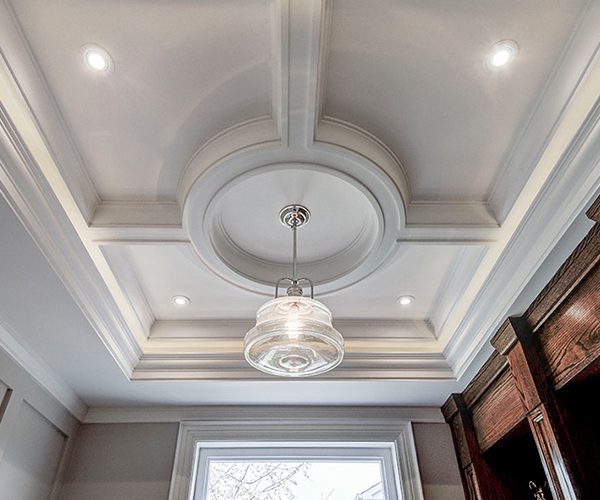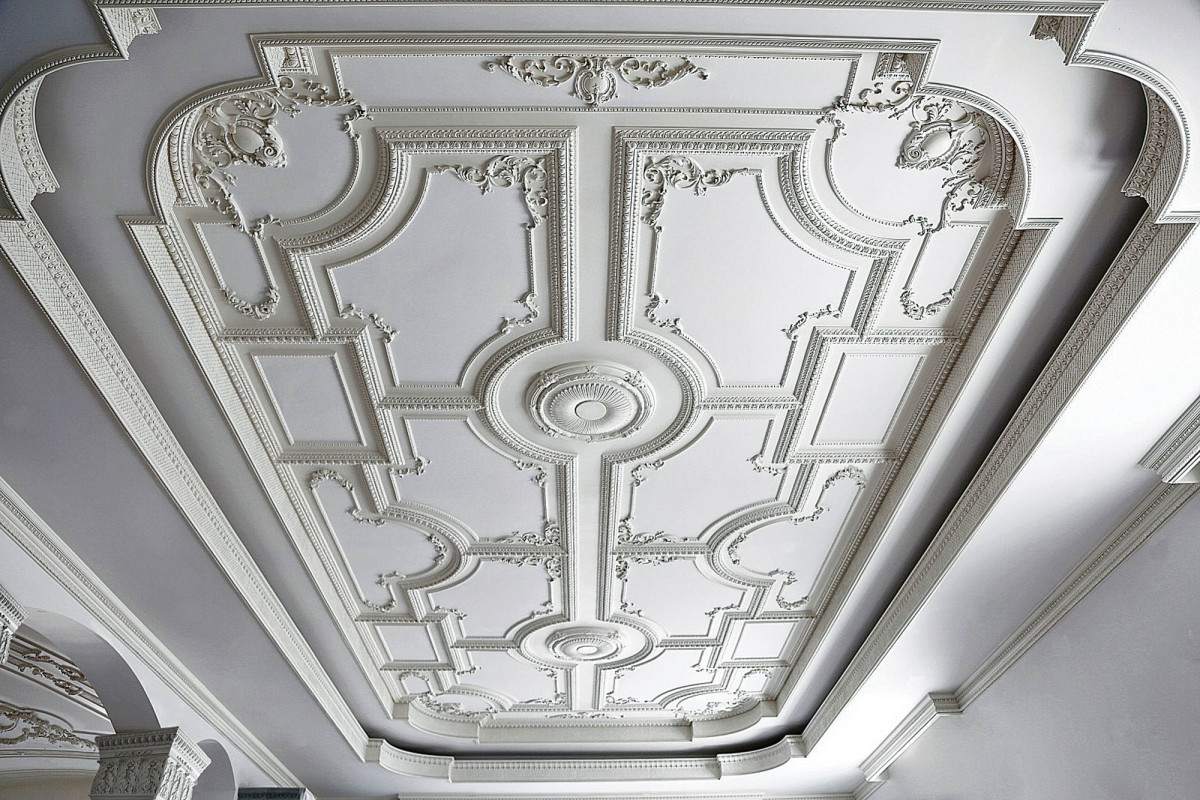Decorative ceiling molding can elevate the aesthetic of any room, transforming plain ceilings into stunning focal points. As someone who has recently renovated my home, I can attest to the dramatic difference that ceiling moldings can make. In this guide, we’ll delve into the world of decorative ceiling molding, covering styles, materials, installation tips, and more. Whether you’re a DIY enthusiast or planning a professional installation, you’ll find valuable insights here!
What is Decorative Ceiling Molding?
Decorative ceiling molding, often known as cornices or crown molding, refers to the architectural trim installed along the junction where the wall meets the ceiling. This molding can range from simple designs to intricate patterns, adding depth and character to your interiors.
The History of Ceiling Molding
Ceiling molding has been a design staple for centuries, with its origins traced back to ancient Greece and Rome. Historically, it served both decorative and functional purposes, helping to conceal imperfections while enhancing the visual appeal of the architecture.
Types of Decorative Ceiling Molding
There are several types of decorative ceiling moldings available, each offering unique aesthetics. Let’s explore some popular styles:
Crown Molding
Crown molding is perhaps the most recognized type of ceiling molding. It typically features a curved or angled profile, tapering from the wall to the ceiling. This style adds elegance and can make a room appear taller.
Bracketed Molding
This type features decorative brackets that can enhance traditional decor. Bracketed moldings are often used in formal spaces like dining rooms or entryways.
Covelight Molding
Covelight molding is designed to hold lights that cast a soft glow on the ceiling. This option is great for creating ambient lighting in living areas or bedrooms.
Recessed Molding
Recessed molding gives a modern flair, offering clean lines that work well in contemporary settings. This style often complements minimalist designs.
Materials Used for Decorative Ceiling Molding
When choosing decorative ceiling molding, the material can significantly affect the appearance, durability, and cost. Here are common materials:
Wood
Wood is a traditional choice for ceiling molding, offering natural beauty and a warm aesthetic. However, wood can be more expensive and requires maintenance over time.
Polyurethane
Polyurethane is a lightweight and durable option that is easy to install. It can mimic the look of wood or plaster without the hefty price tag and maintenance needs.
Plaster
Plaster moldings provide intricate designs and are often used in high-end homes. While they offer a classic look, they can be more challenging to install and repair.

Material Comparison Table
| Material | Cost | Durability | Maintenance | Weight |
|---|---|---|---|---|
| Wood | High | Moderate | High | Heavy |
| Polyurethane | Moderate | High | Low | Lightweight |
| Plaster | High | High | Moderate | Heavy |
Benefits of Decorative Ceiling Molding
Incorporating decorative ceiling molding can enhance your home in numerous ways:
- Aesthetic Appeal: Adds elegance and character to any room.
- Increased Property Value: Well-installed moldings can boost your home’s marketability.
- Conceals Imperfections: Effectively hides flaws where walls meet ceilings.
- Customizable: Available in various styles, sizes, and colors to fit your interior design.

Pros and Cons of Decorative Ceiling Molding
Pros
- Enhances beauty and style of a room.
- Available in many materials and designs.
- Can improve acoustics by reducing sound echoes.
Cons
- Can be costly, especially with intricate designs.
- Installation may require professional help.
- Heavy materials like wood or plaster may need additional support.
How to Choose the Right Decorative Ceiling Molding
Choosing the right molding can feel overwhelming, but here are some key factors to consider:

Room Style and Architecture
Consider the architectural style of your home. Traditional homes may benefit from ornate moldings, while modern homes often look better with sleek, simple designs.
Ceiling Height
For low ceilings, opt for simpler, smaller profiles. Taller ceilings can accommodate larger, more elaborate designs.

Color and Finish
Decide whether you want the molding to contrast with the ceiling and walls or blend in. White is classic, but richer colors can add drama.
Installing Decorative Ceiling Molding
Whether you’re a DIY enthusiast or hiring a professional, understanding the installation process can help you achieve the desired results.
Tools Required
- Miter saw
- Nail gun or hammer and finishing nails
- Measuring tape
- Level
- Caulk and paint
Step-by-Step Installation Guide
- Measure and Cut: Carefully measure the length of the walls and cut the molding at a 45-degree angle where the pieces meet.
- Dry Fit: Place the molding against the wall to ensure proper fit before attaching it.
- Attach Molding: Use a nail gun or hammer to secure the molding in place, ensuring it’s level.
- Fill Gaps: Use caulk to fill in any gaps or nail holes for a smooth finish.
- Paint or Stain: Finish your molding with paint or stain as per your design preference.
Design Ideas with Decorative Ceiling Molding
Ready to get inspired? Here are some creative design ideas using decorative ceiling molding:
Add Depth with Crown Molding
Use crown molding to create visual interest. Pair it with wall colors that complement each other to draw the eye upward, making spaces feel larger.
Highlight Architectural Features
In a room with a fireplace or built-ins, consider framing these features with decorative molding to create a cohesive and inviting look.
Mix and Match Styles
Don’t hesitate to blend different molding styles. A combination of crown and recessed molding can add an unexpected twist to your design.
FAQs about Decorative Ceiling Molding
1. What is the best material for decorative ceiling molding?
The best material depends on your budget and desired aesthetic. Polyurethane is a popular choice for its ease of installation and maintenance.
2. Can I install decorative ceiling molding myself?
Yes, if you’re comfortable with basic tools and following instructions. However, for complex designs or heights, consider hiring a professional.
3. How do I maintain decorative ceiling molding?
Dust regularly and repaint or stain as needed to keep the molding looking new.
4. How does ceiling molding affect room acoustics?
Ceiling molding can help absorb sound and reduce echoes, improving the acoustics of a room.
Conclusion
Decorative ceiling molding is an effective way to enhance the elegance of your home while reflecting your personal style. Whether you opt for classic designs or modern minimalism, the right ceiling molding can make a significant impact. Remember to consider the room’s architecture, your personal style, and the installation process to achieve the beautiful results you desire. Embrace the creativity that comes with this decorative element and enjoy the transformation in your living space!